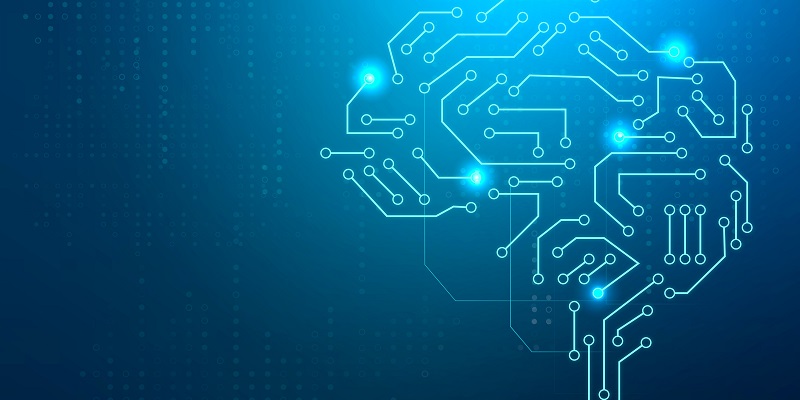Whether you’re a beginner or an experienced programmer looking to enhance your machine learning skills, there are numerous Python tutorials available to help you become a pro in the field. In this article, we will provide a comprehensive guide to Python machine learning, covering a wide range of topics and techniques. By the end of this tutorial, you will have a solid understanding of the fundamentals and be well-equipped to tackle your own machine learning projects.
Constructing your first machine learning project in Python
Embarking on a machine learning project can seem daunting, but with Python, it becomes much more accessible. We will walk you through the process of constructing your first machine learning project using Python. Starting with data preparation and preprocessing, we will guide you step by step through feature selection, model building, and evaluation. By the end of this tutorial, you will have a functional machine learning project under your belt.
Methods and Techniques in Machine Learning and Python
Machine learning offers a wide range of methods and techniques for solving complex problems. In this tutorial, we will introduce you to various methods and techniques in machine learning and demonstrate how to implement them in Python. From supervised learning algorithms such as linear regression and decision trees to unsupervised learning methods like clustering and dimensionality reduction, you will gain a comprehensive understanding of the tools at your disposal.
Understanding neural networks and artificial intelligence
Neural networks have revolutionized the field of artificial intelligence and machine learning. In this section, we will delve into the world of neural networks, explaining how they work and their role in artificial intelligence. By understanding the fundamentals of neural networks, you will be able to leverage their power to solve complex problems. We will also discuss deep learning and its applications in various domains.
Introducing NumPy for Data Science in Python
Data science is incomplete without efficient handling of numerical data. NumPy, a powerful Python data science toolkit, provides essential functionality for working with arrays and performing numerical operations. This tutorial thoroughly introduces NumPy, covering topics such as array creation, manipulation, and mathematical operations. By the end, you will have a strong foundation in using NumPy for data science tasks.
Fundamentals of Python Machine Learning with Scikit-Learn
Scikit-learn is a popular Python library that provides a wide range of machine learning algorithms and tools. In this tutorial, we will cover the fundamentals of Python machine learning using the scikit-learn framework. From data preprocessing to model evaluation and selection, we will guide you through the entire machine learning pipeline using real-world examples. By the end, you will be able to harness the power of scikit-learn for your own projects.
Utilizing the DVC Tool for Data Version Management in ML Projects
Data version management is crucial in machine learning and data science projects. The DVC tool provides a simple and effective solution for managing data versions and tracking changes. In this tutorial, we will show you how to utilize DVC for data version management. From setting up a DVC repository to managing large datasets efficiently, you will learn how to streamline your ML workflow and collaborate effectively with other team members.
Face Detection using Python
Face detection is a fundamental task in computer vision with numerous applications. In this tutorial, we will provide an overview of face detection using Python. We will explore different algorithms and techniques used for face detection and discuss their strengths and limitations. By the end, you will have a solid understanding of the underlying principles of face detection and how to apply them in your own projects.
Analyzing characteristics in photographs for face recognition
Recognizing human faces in photographs is a challenging problem that has garnered significant attention in recent years. In this section, we will explain how computers recognize characteristics in photographs and analyze these elements to recognize human faces. We will discuss feature extraction techniques, such as eigenfaces and local binary patterns, and demonstrate their implementation using Python. By the end, you will have a good understanding of the techniques used in face recognition.
Recognizing Faces in Photos Using OpenCV
OpenCV is a powerful computer vision library that provides various functionalities for image processing and analysis. In this tutorial, we will use OpenCV to recognize faces in photos using a simple Python approach. We will guide you through the process of face detection, feature extraction, and classification. By the end, you will be able to build a face recognition system using OpenCV and Python.
Python has become the go-to language for machine learning, and with the abundance of tutorials available, mastering the art of Python machine learning is within reach. In this article, we embark on an in-depth journey, covering a wide range of topics from constructing your first machine learning project to advanced techniques like face detection and recognition. By following these tutorials, you will gain a solid foundation in Python machine learning and be well-prepared to tackle real-world data science problems.

